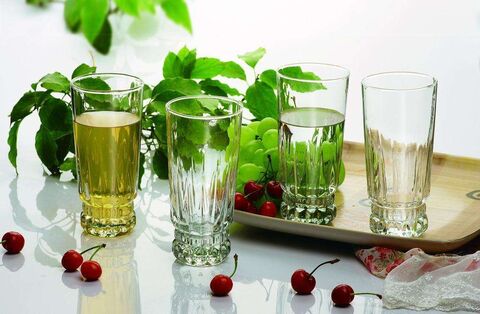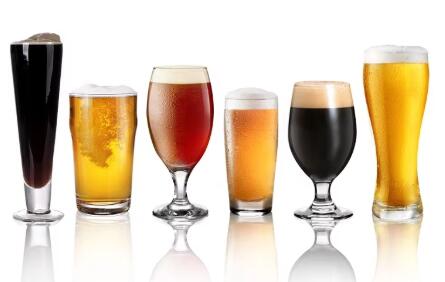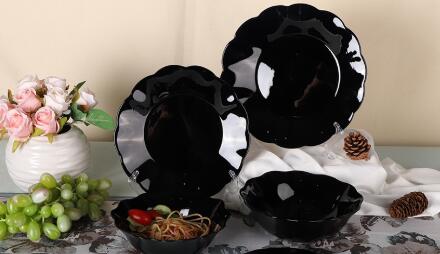Why do some glassware need secondary annealing- Glass manufacturers in China
Pulished on Jan. 15, 2019There are many kinds of glassware, such as household utensils, tempered glass and so on. Many people do not understand why glassware need to be annealed after being made. Today, let glass manufacturers in China talk about the reasons and method of annealing.

What is the annealing of glassware?
After finishing production of glassware, there have temporary and permanent stresses. If it is a temporary stress, it will disappear with the change of temperature, but the permanent stress will not be able to withstand the explosion when the temperature changes.
Therefore, in order to prevent the occurrence of explosion, it is necessary to undergo high temperature treatment. Without annealing, it is very easy to burst in use. Therefore, in order to remove the permanent stress in glass, it will be much safer in use after high temperature stage treatment.
Temperature and Method of Annealing
Glass manufacturers in China talk about the temperature and method of annealing. In order to eliminate the permanent stress, the glass must be heated to a temperature below the glass transition temperature, then heat preservation and homogenization. It is to eliminate the temperature gradient of each part of the glass and relax the stress. The annealing temperature of most glassware items is 550 +20℃. The annealing temperature of bottles and jars is 550-600℃. The annealing process can be divided into four stages: 1. heating stage, 2. soaking stage, 3. slow cooling stage and 4. fast cooling stage. This curve is called annealing curve.
There will be different annealing processes for different kinds of glassware.
Some glassware is annealed directly into the annealing furnace after being made, which is called one-time annealing. However, some products are annealed after cooling, which is called secondary annealing. So not all utensils have to be annealed twice.









